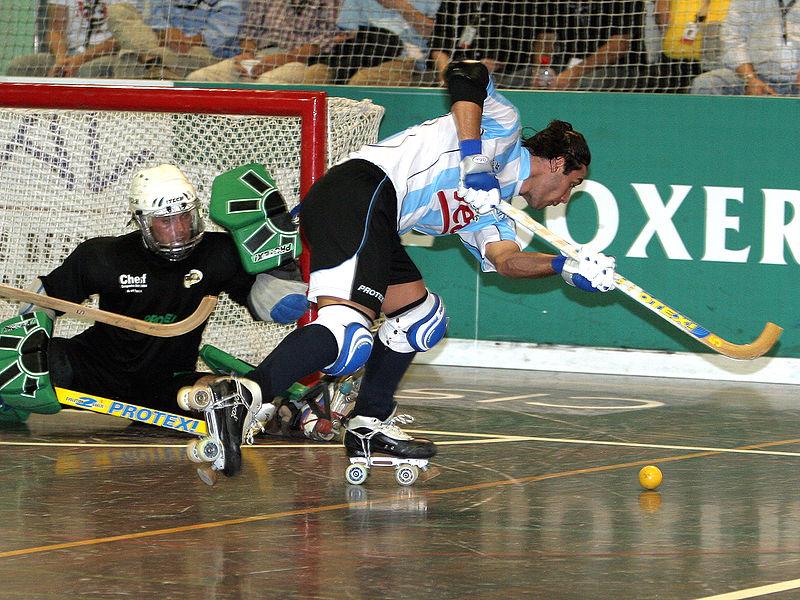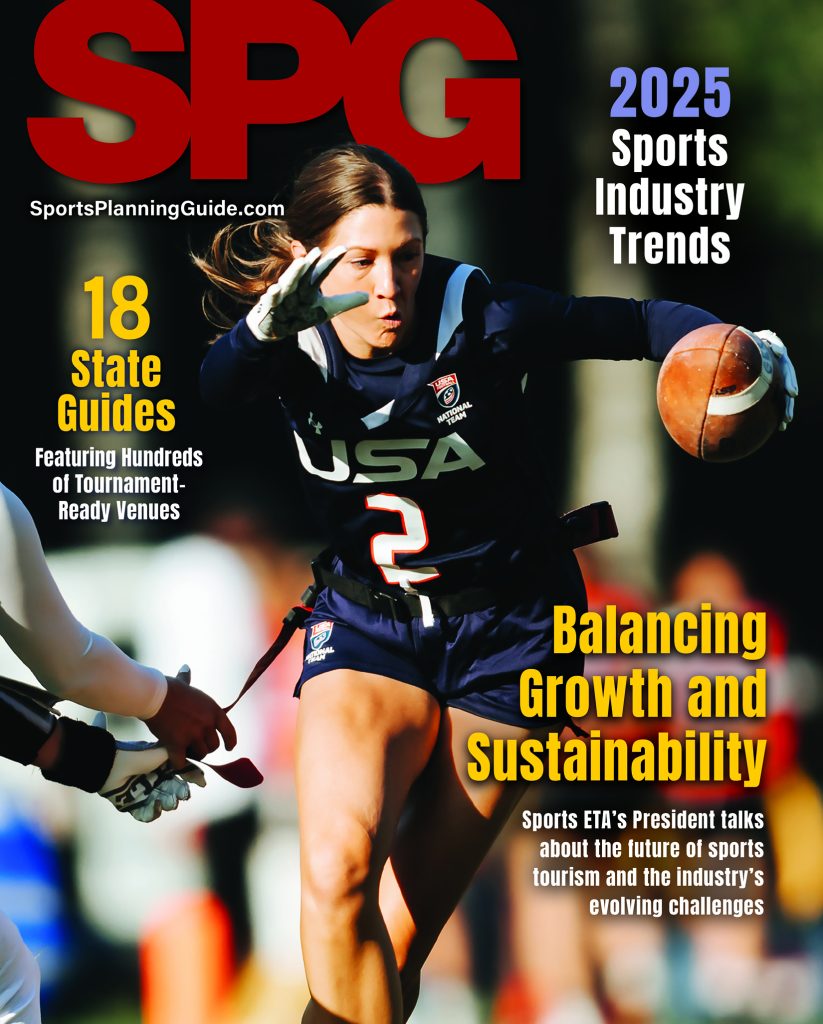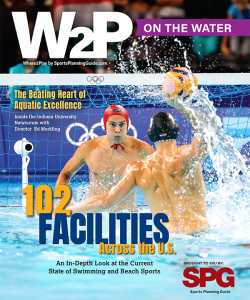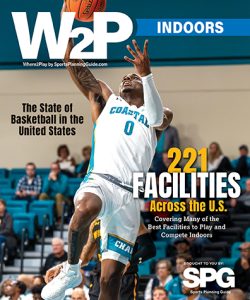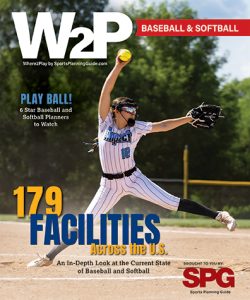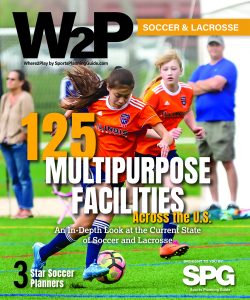The invention of rollerblades in the 1980s made it possible for roller hockey to become more than just a sport played in parking lots and cul-de-sacs. Previously slow and clunky quad skates made it hard for roller hockey players to maneuver with grace, but inline skates made it possible to replicate the speed and flexibility of traditional hockey away from the ice.
“Roller hockey came from very disorganized roots,” said Rob Coggin, director of league operations for the National Collegiate Roller Hockey Association (NCRHA). “It basically was that all of a sudden everyone had rollerblades on and they got hockey sticks and went out and played.”
Collegiate roller hockey began being played just before the turn of the century, but the NCRHA has only been around since 2004, when it formed in the wake of the Collegiate Roller Hockey League’s disbanding. This April will mark the sport’s 14th national championship at the college level.
“Our purpose is to create a place where student athletes who are in school to get an education can continue playing roller hockey,” Coggin said. “One that gives them structure, sets high standards for sportsmanship and allows them to play in a competitive situation and ultimately play for a national championship.”
Besides the obvious differences of being on plastic instead of ice, and players being on inline skates instead of ice skates, roller hockey has several fundamental rule variations that make the sport its own distinct game. The game is played four on four and there are no blue lines or a red line for offsides or icing calls. Players are also not allowed to do body checks.
“It’s a very wide-open game. Very free flowing with fewer stoppages,” Coggin said. “What the four on four creates is that it really helps players develop their hands and their ability to be creative with the puck. Primarily because when you have the puck, no one is coming to take your head off.”
Coggin said that many of the NHL and NCAA players with the best hands developed them through playing roller hockey at some point.
National Collegiate Roller Hockey Association – Rob Coggin
“We offer them a chance to play in a professionally-run competitive environment where they can wear their school’s logo on their chest. That time and space also gives you amazing vision,” he said. “You see roller hockey players that have the ability to make these passes and you just go ‘Wow, where did that come from?’”
The NCRHA currently has over 200 teams from over 150 schools. The teams compete in one of five divisions. Division I is the main and most competitive division, while Division II is home to mainly smaller schools. Division III is for schools just starting to build a program and does not participate in championship play. There is also a junior college division and a B-division for the junior varsity teams of schools with multiple squads. At this point all roller hockey teams are club teams, but the sport’s supporters would like to see a day when it is officially sanctioned.
“Ultimately, we’d love to see varsity level roller hockey and we’d love to see it in the Olympics. Those are our long-term goals, but they’re not the be all end all. It’s not something that we are necessarily actively pursuing.”
If roller hockey is to be an official varsity sport at the collegiate level, it will have to start regaining prevalence. That’s where the NCRHA, along with its partnerships with the American Inline Hockey Association, Professional Inline Hockey Association and Major League Roller Hockey, comes into play.
“The sport’s popularity is not where it was 10 years ago. Anyone in the industry will admit that,” Coggin said. “That’s kind of our challenge, to really expand the number of kids and youth playing at a grassroots level and to season the travel programs that feed into the high school programs.”
For now, however, the NCRHA is enjoying level participation each year and is glad to give college students the opportunity to continue their inline hockey careers.
“Where we fit into it all is to provide a place for kids who played when they were younger to say ‘Ok, there’s no reason for me to quit playing roller hockey just so I can go play for my school and get a scholarship in basketball or baseball or whatever,” Coggin said. “Even though we don’t have a lot of schools that are offering money right now, we offer them a chance to play in a professionally-run competitive environment where they can wear their school’s logo on their chest.”

